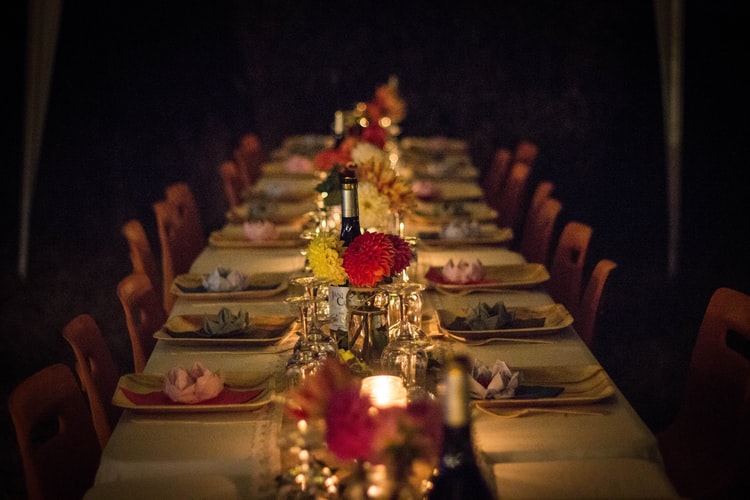|
There are many different types and styles of events, each with their own purpose and objective. But whatever the event, it will be a sensory one. Our senses of sight, sound, smell, touch and taste are always in operation, and our whole bodies are sensory organisms, processing information from our environment and sending it up to our brains to help determine how we function and feel in any given setting. In this blog series, we will look at how our very nature as sensory beings can be leveraged to enhance an event experience. Why would we want to pay attention to and harness the senses when it comes to our event design? Because our senses are the ultimate hack for creating social connections, absorbing and retaining information, stimulating ideas, providing feelings of comfort and wellbeing, and reaching our potential. More and more studies are revealing just how much things like natural light, sound, taste, touch and visual sensory experiences impact us. These things affect our mood, concentration, learning, can reduce stress via reductions in blood pressure and heart rate, can impact our alertness during the day and our sleep at night, and increase productivity and self-reported rates of wellbeing. Our Chief Engagement Officer Georgie Stayches has spoken before about making sense of our senses in relation to events in this video, and in our Insight Interview Series Georgie spoke to Fran Henke, a polio survivor. In their conversation Fran shares why space and the presence of windows is so important for events welcoming polio survivors, an excellent example of how important sensory experience is to an event setting. Biophilic design is something we will explore as part of this series, which is the idea of bringing nature or elements of nature into our environments and event spaces. Biophilic design is an area that’s becoming a key strategy in addressing workplace stress and performance, community cohesiveness, social engagement, recovery and wellbeing. Events that consider biophilic design can impact attendees on a cognitive, psychological and physiological level, increasing the attendees’ cognitive capacity, lowering tension, fatigue, anxiety and stress responses, to name just a few of the benefits*1. Questions that we as event planners and designers can begin to ask include:
As human beings, we are always responding to our environment and its cues. Things like natural light, space, and the presence of nature can really change how well people take on and retain information, form connections, create ideas, and achieve what the event is there to provide for them. A welcoming space, where people feel ready to learn and engage, is fundamental to the success of an event. We look forward to sharing our insights each week in this blog series to help you create meaningful events that influence and inspire. References: *1. Terrapin Bright Green LLC Study, 14 Patterns of Biophilic Design, https://www.terrapinbrightgreen.com/reports/14-patterns/ AuthorFetching Events & Communications is a boutique agency that works with the community, for the community, specialising in project management, event management, communications and volunteer engagement. Combining our international event experience in media with our communications knowledge and skills, Fetching Events & Communications provides a fully integrated events, volunteer engagement and communications service.
0 Comments
Leave a Reply. |


 RSS Feed
RSS Feed